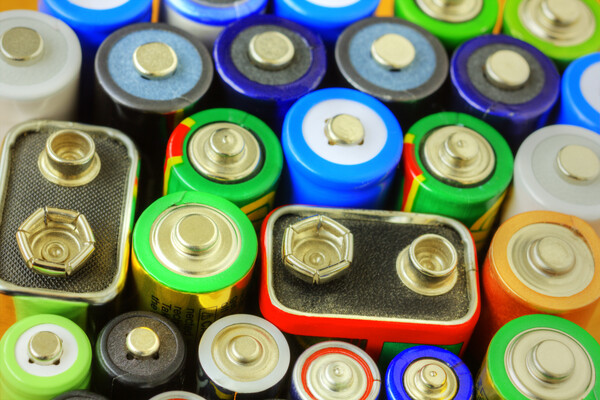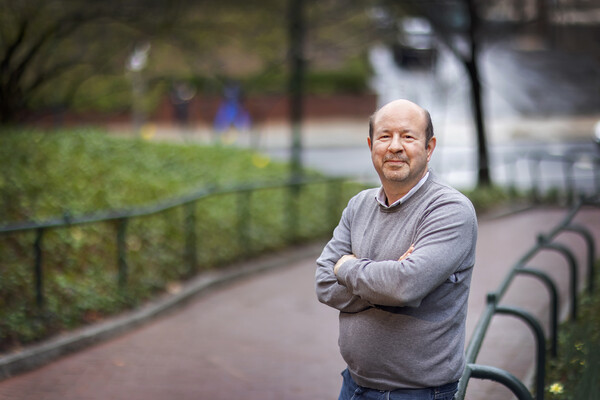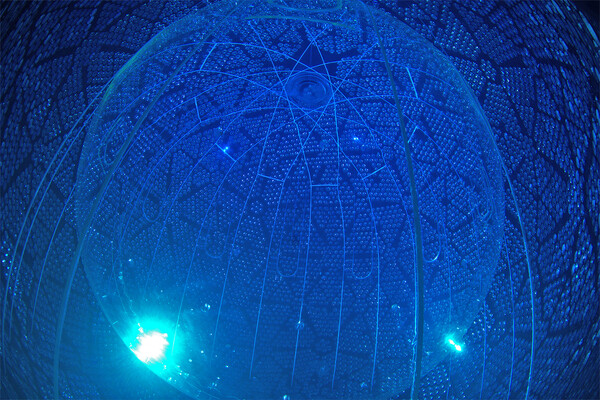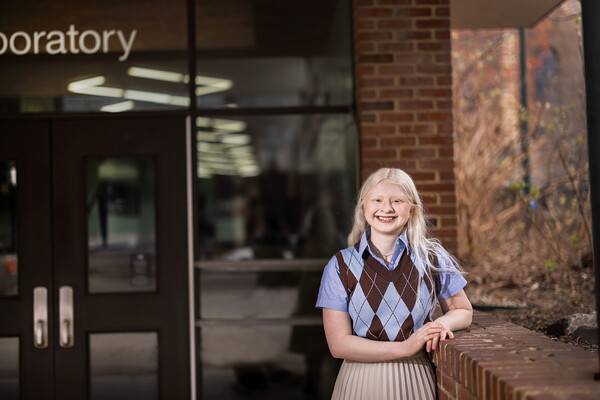Assistant professor James Pikul speaks to the growth of interconnected devices and the robotics industry—leading to emerging designs and novel research unlocking the potential for smaller, more powerful batteries
Latest News
Gregory Bowman appointed Penn Integrates Knowledge University Professor
The pioneer of biophysics and data science has joint appointments in the Department of Biochemistry and Biophysics in the Perelman School of Medicine and the Department of Bioengineering in the School of Engineering and Applied Science.
Climate scientist Michael Mann makes a home at Penn
Known for his “hockey stick” graph that hammered home the dramatic rise of the warming climate, the climate scientist is now making his mark on Penn’s campus, both through his science and his work on communicating the urgent need for action on the climate crisis.
New neutrino detection method
Research by Joshua Klein of the School of Arts & Science and an international team has found a way to detect distant subatomic particles using water.
Signs of Gluon Saturation Emerge from Particle Collisions
Suppression of a telltale sign of quark-gluon interactions indicates gluon recombination in dense walls of gluons.
First UN Water Conference in four decades includes a delegation from Penn
Events on campus last week kicked off the global proceedings, which will include representatives from the Water Center at Penn, Penn Carey Law School, and the School of Arts & Sciences.
New Type of Entanglement Lets Scientists ‘See’ Inside Nuclei
Quantum interference between dissimilar particles offers new approach for mapping gluons in nuclei, and potentially harnessing entanglement.
Who, What, Why: Sarah Kane on the sonification of astronomical data
Fourth-year Sarah Kane participates in research mapping the galaxy and converting astronomical data into sound for the visually impaired.
Decolonializing science and technology
Kim Tallbear, professor of Native studies at the University of Alberta, delivered the Provost’s lecture on diversity on decolonializing science and technology.
Scientists Find a Common Thread Linking Subatomic Color Glass Condensate and Massive Black Holes
Physicists show that black holes and dense state of gluons—the “glue” particles that hold nuclear matter together—share common features.












